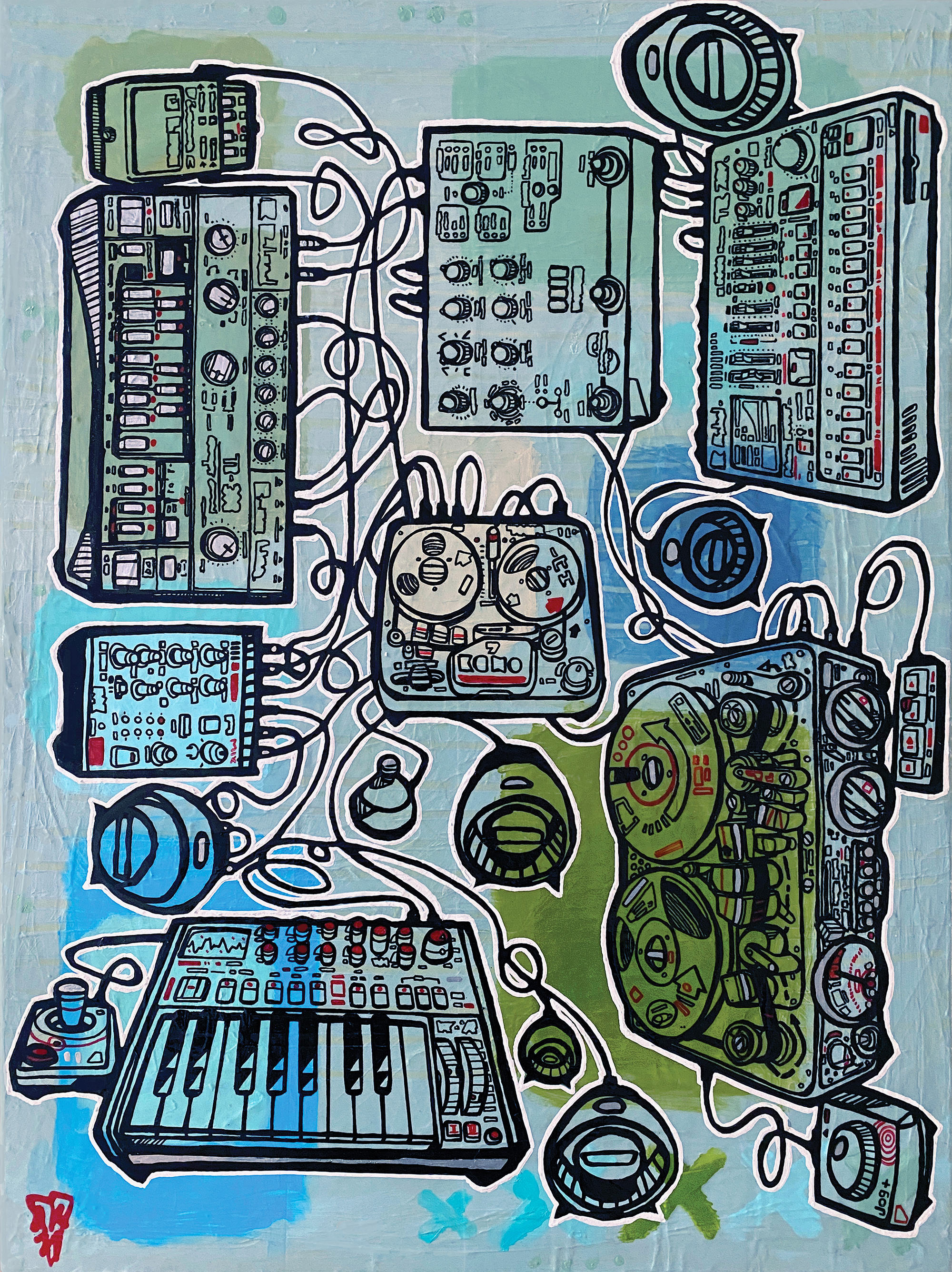F. Reid Shippen [Tape Op #125], Pete Lyman of Infrasonic Mastering, and I are breaking ground on a 15,000 sq ft media production and mastering facility in Nashville. One of the rooms in our complex will be a library with a curated selection of high-end hi-fi and home theater gear. With that library in mind, Reid and I attended AXPONA 2022 <axpona.com>, one of several audiophile conventions held annually in the U.S. Although we didn’t catch any of the panel presentations, like “Meet the Legends,” “Cartridge Alignment Optimization,” and “Hi-Fi on your Wi-Fi,” we did visit dozens of rooms that were showcasing speakers, amplifiers, turntables, and DSP processors from the likes of T+A, Wilson Audio, Sota, and Audio Research. Coming from pro audio, we were utterly unimpressed with most of what we saw and heard, and we witnessed many examples of high-end audio snake-oil salesmanship. For example, a $6,000 AC power cord that replaces a standard 14 AWG cord with three prongs on one end and an IEC 320 C13 connector on the other? The claim is that 3 ft of 99.9999% pure copper in six bundles with virgin cross-linked polyethylene dielectric material will somehow improve the sound of your hi-fi system — even though the cord is plugged into a $2 AC outlet fed by hundreds (if not thousands) of feet of 21¢/ft Romex behind the walls. Or passive high-frequency transducers that, from what I could discern, are tiny waveguide-fronted Helmholtz resonators costing $300 for a pack of three? Supposedly, a few of them tacked strategically on nearby surfaces will tame acoustic resonances at your listening position. Yes, Helmholtz resonators can indeed work effectively when designed and employed properly, but these HFTs are smaller than cuff-links, and I can think of many other acoustic treatments that would be more efficient at a small fraction of the cost. Speaking of treatment, only a few rooms we visited had any acoustic treatment whatsoever. Therefore, most rooms — and the hi-fi systems inside of them — sounded horrible. Demo after demo, salespeople and marketeers were showcasing their $20,000 turntables and streaming servers, playing back through $100,000 worth of amps and speakers — and they couldn’t bother to put up $500 worth of absorbers and bass traps. The exceptions were the Professional Audio Design rooms that had Vicoustic treatment [#134], where we heard TAD Labs speakers (which impressed both Reid and me), and the Luxman room, which had half a dozen portable RealTraps [#85] to tame room resonances for the Magico speakers. When Reid and I expressed our reservations over the home audiophile experience to one of the exhibitors the morning after the convention, the analogy that was shared with us related to the Starbucks coffee we were drinking. The water is delivered across miles of cheap plumbing; the coffee beans travel across the globe in less-than-ideal conditions; and ultimately, we’re drinking the coffee in an aseptic hotel lobby. But somehow, the processes and presentation still result in an enjoyable cup of coffee for which we’re willing to pay $5, even if the material costs are far less. Anyway, if you think we as producers of music obsess about our gear choices, I recommend you attend an audiophile convention so that you can understand how much crazier the consumers of our music can be. ••• On the topic of conventions, The Sapphire <thesapphire.org> will be hosting a mastering conference in Portland, OR, during the weekend of July 7-8, 2022. I prepaid my registration fee years ago, before multiple postponements due to the pandemic. Our own LC is on the program, as are Grammy-winning engineers Joe LaPorta and Darcy Proper, as well as Heba Kadry [#139], Chris Muth [#45], Thomas Jouanjean [#135], Josh Bonati [#125], Sonny DiPerri [#129], and Tape Op contributor Adam Gonsalves.

